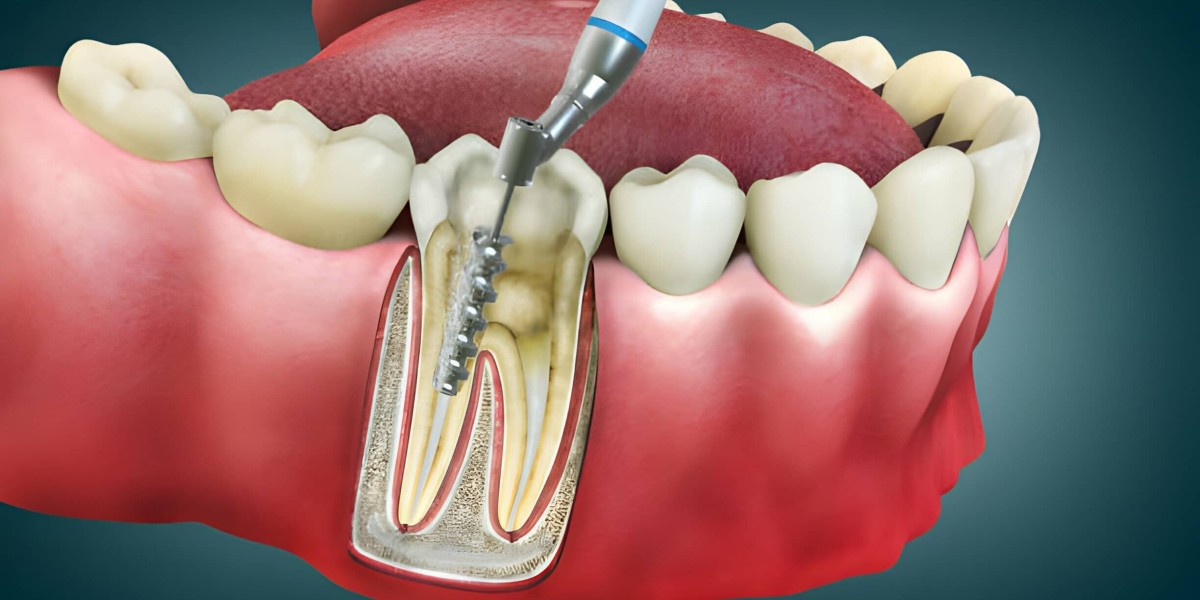Teeth can suffer damage for many reasons. Decay, injury, or wear over time may lead to pain or difficulty chewing. When this happens, treatment is needed not just for looks but also for daily function. Restoration dental services help bring back the health, shape, and use of your natural teeth. These treatments aim to rebuild and protect your smile without needing to remove the tooth.
Many people avoid dental visits due to fear or cost. But delaying care can lead to more complex issues. Treating dental problems early means less discomfort and fewer procedures. Most restorative treatments are straightforward and help keep your smile healthy for years to come.
What Restoration Dental Care Really Means
Restoration dental care focuses on fixing teeth that have been weakened or broken. Whether from a cavity, a fracture, or a worn-down surface, the main goal is to repair the tooth and restore its function. It can involve anything from small fillings to full tooth replacements. Restorative work also improves appearance, but it always begins with solving health and function concerns.
This type of dental care is important because damaged teeth can affect chewing, cause pain, and shift your bite. It also helps prevent further issues like infections or loss of additional teeth. In many cases, restoration helps avoid the need for more serious procedures later.
When Is Restoration Dental Work Needed?
Restorative dental care is necessary when your tooth structure is affected. You may need it if you have a large cavity, a cracked or chipped tooth, or a missing part of a tooth. It can also follow trauma to the face or untreated gum disease. Sometimes, it is recommended after root canal therapy, especially if the tooth is too weak to stand on its own.
You may notice signs like tooth sensitivity, ongoing pain, or visible damage. In such cases, delaying treatment can make the problem worse. Timely restoration prevents small issues from turning into larger, more costly ones.
What Is a Crown for a Root Canal and Why Is It Done?
When decay reaches the inner part of the tooth, a root canal is often needed. The dentist removes the infected pulp inside the tooth, cleans the space, and seals it to prevent bacteria from returning. But after this treatment, the tooth becomes brittle. That’s when a root canal tooth crown is placed to protect and strengthen it.
This crown covers the entire visible part of the tooth. It allows you to chew normally and keeps the tooth from breaking. Without it, the treated tooth is likely to fail over time. Crowns used in this case are made from strong materials like porcelain, ceramic, or zirconia and are shaped to match your bite.
How the Root Canal Tooth Crown Procedure Works
Getting a crown for a root canal is usually done in two steps. First, the root canal procedure removes the damaged tissue inside the tooth. After that, a temporary cover is placed while your crown is being made. During a second visit, the custom crown is cemented in place for long-term support.
The process is comfortable and often completed in a few weeks. Once placed, the crown protects the tooth from pressure or cracks. It also improves the look of the tooth, especially if it’s in a visible area. With regular care, the crown can last many years.
Types of Treatments in Restoration Dental Care
Restoration dental work includes a range of treatments based on the condition of your teeth. For small areas of decay, a dental filling may be all you need. This material fills the space where decay was removed, stopping it from spreading further. For larger damage, your dentist might suggest a crown, bridge, or implant.
Crowns cover and protect a tooth that is cracked, broken, or treated with a root canal. Bridges are used when one or more teeth are missing. They hold artificial teeth in place by attaching them to neighboring teeth. Implants are used when a tooth is lost entirely. A titanium post is placed in the jawbone, and a crown is attached to it for a natural appearance and function.
Why the Crown of the root canal tooth Is Important After Treatment
Once the pulp is removed in a root canal, the tooth no longer receives blood flow. This makes it more fragile than before. Without added protection, the tooth can break under pressure or daily use. That’s why a crown for a root canal is often necessary. It seals and protects the tooth, allowing you to chew and speak comfortably.
In most cases, the crown also improves the look of the tooth. It can be color-matched to blend in with the rest of your smile. This not only restores function but also helps you feel more confident in social or work situations
Caring for Your Restored Teeth
Proper care is essential after restoration dental treatment. Whether you have a filling, crown, or bridge, good oral hygiene keeps the restoration working well. Brush twice a day using fluoride toothpaste. Floss daily to clean between teeth and around restorations.
You should also avoid biting down on hard foods like ice or hard candy. These can damage even strong materials like a crown. Regular dental checkups every six months help your dentist find early signs of problems. With the right care, your restored teeth can last many years without issues.
What to Expect During a Restorative Dental Visit
When you visit your dentist for restorative work, the first step is a full exam. They may take X-rays to understand the condition of the teeth and supporting bone. After that, the dentist explains what treatment you need and why it’s necessary. They also talk about the number of visits required and give an estimate of costs.
If you're getting a root canal tooth crown, you can expect at least two appointments. The first is for cleaning and shaping the tooth. The second is for placing the crown after the tooth has healed. Your comfort is a top priority during each visit, and modern dental tools make the process easier than most people expect.
The Cost and Value of Dental Restorations
Restoration dental work can range in cost based on the materials used and the complexity of the procedure. Fillings are generally more affordable. Root canals with crowns, on the other hand, may cost more due to the multiple steps involved. However, these treatments can prevent tooth loss and more expensive surgeries later.
Most dental insurance plans cover some or all of these procedures, especially when done for health reasons. Many offices also offer payment plans or financing options to make care accessible. In the long run, investing in restoration helps preserve your oral health and avoid discomfort.
How Long Does a Root Canal Tooth Crown Last?
With proper care, a crown for a root canal can last between 10 to 15 years. Some last even longer if the tooth is kept clean and protected. The material used for the crown and your daily habits make a big difference. Avoid grinding your teeth or using them to open packages. If you grind at night, ask your dentist about a night guard. Regular cleanings and checkups will keep the crown and surrounding gums in top condition.
Conclusion
Fixing damaged or decayed teeth is not just about appearances. It helps you chew properly, speak clearly, and prevent long-term dental issues. Treatments like fillings, crowns, bridges, and especially the root canal tooth crown process can restore comfort and function. Whether your problem is small or more complex, taking action early makes all the difference. Your smile is worth protecting with proper restoration dental care.



